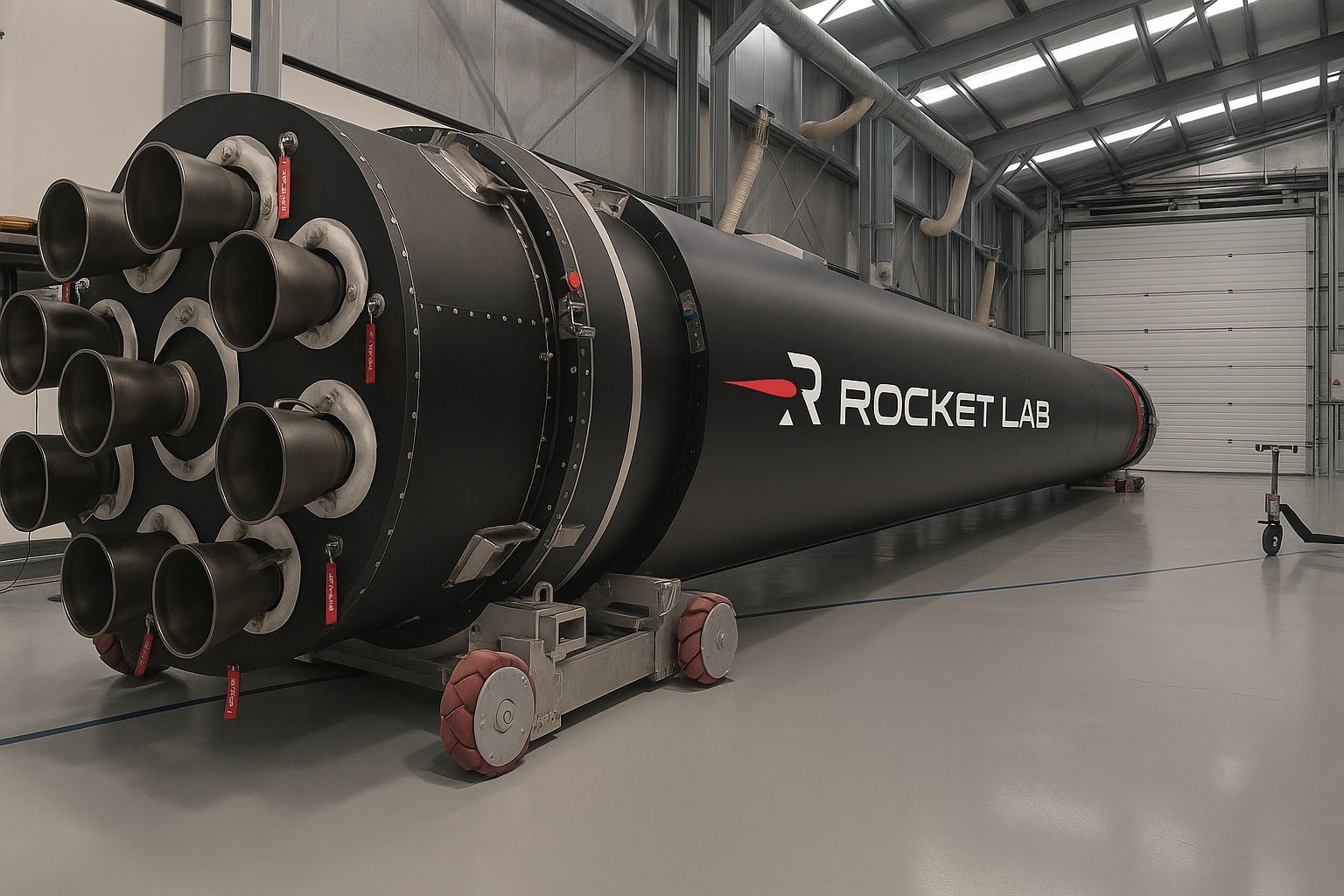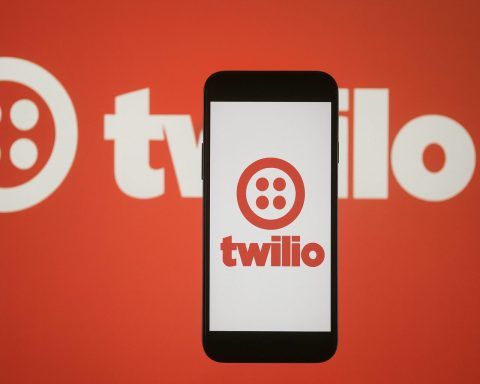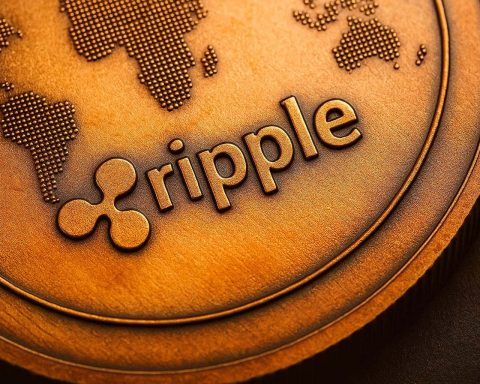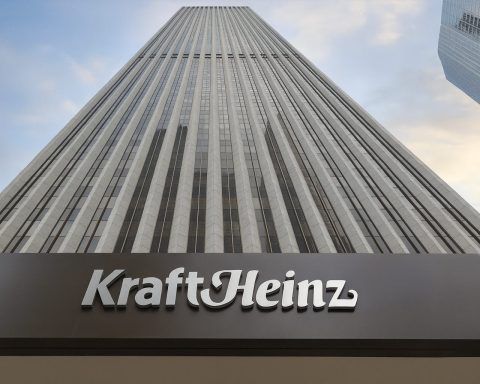- Stock Surge: RKLB stock trades around the high-$60s (about $70 as of Oct. 15, 2025), having skyrocketed roughly 700% year-over-year [1]. Shares are near all-time highs after jumping ~4% on Oct. 14 and climbing ~6.8% on Oct. 15 [2] [3].
- Major Launch Contracts: Rocket Lab recently signed a two-launch contract with Japan’s space agency (JAXA) – the first launch as soon as Dec 2025 – and new deals with Japanese satellite firms [4] [5]. These include a 3-launch deal with iQPS (bringing its total to 7 missions) and a record 10-launch deal with Synspective (21 missions total) [6] [7].
- Operational Momentum: On Oct. 14 Rocket Lab successfully flew its 15th mission of 2025 (“Owl New World”), deploying Synspective’s seventh radar satellite [8]. The company is on pace for 20+ launches in 2025 (versus 16 in 2024) [9]. It also delivered two Mars-bound spacecraft (NASA’s ESCAPADE mission probes) to launch readiness, underscoring growing technical capabilities [10].
- Financial Highlights: Rocket Lab reported record Q2 2025 revenue of $144.5M (+36% YoY) [11]. While still unprofitable, management projects strong growth: Q3 2025 revenue guidance is $145–155M [12]. The company’s backlog is nearing $1 billion on these big contracts [13].
- Analyst Outlook: Wall Street is broadly bullish. Morgan Stanley in mid-October raised its price target from $20 to $68 and called Rocket Lab a “fast-follower” to SpaceX in reusable launch tech [14]. The firm sees ~41% annual sales growth through 2029 and expects RL to hit positive EBITDA in 2026 [15]. (However, analysts’ average one-year price target is only ~$42 [16] – below today’s price – reflecting the steep valuation.)
Stock Price and Market Momentum
Rocket Lab shares have been on a tear. As of mid-day Oct. 15, 2025, RKLB was trading around $72 per share (up about 6.8% on the day) [17]. The stock closed at about $68.03 on Oct. 14 (up ~4% that day) [18], extending a multi-week rally. Over the past year the shares are roughly 7× higher, and they regularly hit new highs – for example jumping ~7% to about $66 on Oct. 8 [19]. Today’s price is well above the 50-, 100- and 200-day moving averages [20] and is within striking distance of its 52-week high (~$73.50) [21]. In short, RKLB has nearly doubled year-to-date and significantly outperformed the Nasdaq, reflecting excitement over its growth story [22] [23].
New Launch Contracts and Partnerships
A flurry of new contracts has fueled investor enthusiasm. On Oct. 10, Via Satellite reported that JAXA (Japan’s space agency) booked two dedicated Electron launches with Rocket Lab [24]. The first is set for Dec 2025, carrying JAXA’s RAISE-4 technology demo satellite, and the second (in 2026) will launch an 8-satellite rideshare [25]. RL CEO Peter Beck called the deal “an incredible honor” and said it demonstrates Electron’s global importance [26]. This is Rocket Lab’s first deal directly with JAXA, complementing its string of Japanese partnerships.
Just days earlier RL announced three more Electron launches for the Japanese startup iQPS (Institute for Q-shu Pioneers of Space) [27], all beginning in 2026. That deal brings iQPS’s total Rocket Lab missions to seven, making RL the primary launcher for the company’s Earth-imaging radar constellation [28]. In Beck’s words, by choosing Rocket Lab’s “Electron rockets and separation systems, iQPS is getting a ‘highly-integrated launch service that maximizes reliability and streamlines operations for faster access to space’” [29]. As TS2.Tech notes, iQPS has effectively committed its entire SAR constellation to Rocket Lab [30] [31].
Even larger is RL’s ongoing partnership with Synspective (Japan). In late September Rocket Lab announced 10 additional launches under contract with Synspective – expanding their order book to 21 dedicated Electron missions (the single-biggest order in RL’s history) [32]. These missions will carry Synspective’s StriX radar satellites for earth observation. Synspective’s CEO praised Electron’s precision and reliability, noting Rocket Lab has delivered all seven of their satellites to date [33]. Beck said it is “an honor to add another 10 StriX satellites to Electron’s launch manifest and continue our long-standing partnership” [34]. Taken together, the back-to-back deals with Synspective and iQPS solidify Rocket Lab as the go-to launcher for commercial radar satellite constellations in Japan [35] [36].
These contract wins illustrate a broader trend: small-satellite operators want dedicated, reliable launchers. Unlike SpaceX’s big Falcon 9 (which often carries rideshares), companies like Synspective and iQPS prefer a dedicated small launcher so they control timing and orbit insertion. Rocket Lab’s Electron is now “the world’s most frequently launched small orbital launcher” [37], having completed its 70th mission by August 2025 [38]. In fact, by October Rocket Lab had flown 15 missions in 2025 – the most in any year so far (breaking 2024’s record of 16) [39] [40]. With over two dozen mission contracts booked into the late 2020s [41] [42], RL’s launch pads are scheduled to be very busy.
Recent Launch Successes
Rocket Lab’s busy launch manifest is paying off. On Oct. 14 RL flew the “Owl New World” mission from New Zealand [43], deploying Synspective’s seventh StriX radar satellite into low Earth orbit. This was RL’s 15th orbital launch of 2025 and the first of the 21 launches for Synspective [44]. Beck remarked that another 100%-success launch for Synspective is “a fantastic start to an exciting run of upcoming launches” for their constellation [45].
Earlier in the year, Rocket Lab set a new pace: in Q2 2025 it flew five Electron missions (including two launches two days apart from the same pad [46]), bringing its total Electron missions to 69 [47]. RL expects to exceed 20 launches for 2025 [48]. Not all RL activity is launch-only – the company is also expanding into spacecraft hardware. For example, it recently delivered two interplanetary spacecraft (NASA’s twin ESCAPADE probes) to Kennedy Space Center for a Mars mission [49]. Beck proudly noted “delivering two interplanetary spacecraft on schedule and within budget… is no small feat” [50]. This growing role in satellite delivery and systems – from in-house satellite buses (Photon) to payload separation hardware – enhances customer relationships and diversifies RL’s business [51] [52].
Analyst Outlook and Forecasts
Financial analysts remain broadly bullish on RKLB. After last week’s news of the JAXA deal and other contracts, Morgan Stanley raised its price target to $68 (from $20) while keeping an Equal-Weight rating [53] [54]. Morgan’s analysts have developed a valuation framework likening Rocket Lab to an earlier-stage SpaceX – a “fast-follower” in reusable launch and constellation services [55]. They forecast ~41% compound annual revenue growth from 2025–2029 and see RL reaching positive EBITDA by 2026 and positive free cash flow by 2027 [56].
Other research notes that despite the stock’s run-up, significant upside may remain. Wall Street consensus is a Buy or Moderate Buy [57] [58]. As of mid-October, 12 analysts covering RKLB have an average one-year price target around $42.5 [59]. (Most targets range from ~$16 up to $68 [60].) In short, analysts acknowledge Rocket Lab’s rapid growth and near-term expansion potential, but some caution that the current valuation is rich – price/sales is on the order of 50–60× current revenues [61] [62]. Seeking Alpha commentators advise a buy-and-hold strategy (accumulate on dips, e.g. below ~$33) while noting that flawless execution of the launch and Neutron rocket programs is critical to justify expectations [63].
Industry Context and Future Outlook
Rocket Lab’s momentum comes amid a boom in the space industry. Investors are increasingly targeting “pure-play” space stocks – for example, ETFs like ARKX (ARK Space Exploration) have ticked up recently [64]. TS2.Tech highlights that space companies are generating buzz and that RL was named a “top space stock to research” in early October [65]. As small-satellite networks grow, dedicated small-launch providers like RL are benefiting: companies specializing in Earth-imaging, IoT, and other constellations are all vying for timely launches [66]. Rocket Lab’s focus on a fast cadence and reliability – plus its expanding vertical integration (owning rockets and some satellite components like deployers) – give it an edge in this niche [67] [68].
The company is also broadening its reach beyond the core launch business. In 2025 RL created a new “Payloads” division and inked deals to acquire the U.S. surveillance sensor firm Geost ($275M) and the German laser-communications firm Mynaric [69] [70]. These moves integrate satellite payload technology and align RL with defense programs (e.g. the U.S. Space Force “Golden Dome” missile defense and the Space Development Agency’s transport-layer satellites). As CEO Beck has noted, these strategic investments position Rocket Lab as a “prime contractor for U.S. national security missions” and move the company toward offering end-to-end space solutions [71] [72]. In effect, Rocket Lab is evolving from a pure launcher into a mini–SpaceX: building rockets and spacecraft, and branching into systems and services [73] [74].
Bottom Line: Rocket Lab is firing on all cylinders – record launch volume, new government and commercial deals, strong revenue growth and investor excitement. Its stock reflects that optimism, though some analysts warn that current prices assume perfect execution. For retail investors and space-tech watchers, RL offers a front-row seat to the booming new space economy [75] [76].
Sources: Latest news and filings on Rocket Lab (RKLB), including press releases and reports (via GlobeNewswire, BusinessWire, etc.), as well as market analysis by Benzinga, TS2.Tech and StockAnalysis [77] [78] [79] [80] [81] [82] [83]. These sources are cited inline.
References
1. ts2.tech, 2. www.investing.com, 3. stockanalysis.com, 4. www.satellitetoday.com, 5. ts2.tech, 6. ts2.tech, 7. ts2.tech, 8. www.quiverquant.com, 9. www.quiverquant.com, 10. ts2.tech, 11. www.businesswire.com, 12. www.businesswire.com, 13. ts2.tech, 14. www.benzinga.com, 15. www.benzinga.com, 16. stockanalysis.com, 17. stockanalysis.com, 18. www.investing.com, 19. ts2.tech, 20. www.benzinga.com, 21. www.benzinga.com, 22. ts2.tech, 23. ts2.tech, 24. www.satellitetoday.com, 25. www.satellitetoday.com, 26. www.satellitetoday.com, 27. ts2.tech, 28. ts2.tech, 29. ts2.tech, 30. ts2.tech, 31. ts2.tech, 32. ts2.tech, 33. ts2.tech, 34. ts2.tech, 35. ts2.tech, 36. ts2.tech, 37. ts2.tech, 38. ts2.tech, 39. www.quiverquant.com, 40. www.quiverquant.com, 41. www.sahmcapital.com, 42. www.quiverquant.com, 43. www.quiverquant.com, 44. www.quiverquant.com, 45. www.quiverquant.com, 46. www.businesswire.com, 47. www.businesswire.com, 48. www.quiverquant.com, 49. ts2.tech, 50. ts2.tech, 51. ts2.tech, 52. ts2.tech, 53. www.benzinga.com, 54. stockanalysis.com, 55. www.benzinga.com, 56. www.benzinga.com, 57. ts2.tech, 58. stockanalysis.com, 59. stockanalysis.com, 60. stockanalysis.com, 61. ts2.tech, 62. stockanalysis.com, 63. ts2.tech, 64. ts2.tech, 65. ts2.tech, 66. ts2.tech, 67. ts2.tech, 68. ts2.tech, 69. www.businesswire.com, 70. www.businesswire.com, 71. www.businesswire.com, 72. ts2.tech, 73. ts2.tech, 74. www.businesswire.com, 75. ts2.tech, 76. ts2.tech, 77. www.satellitetoday.com, 78. www.quiverquant.com, 79. www.benzinga.com, 80. www.businesswire.com, 81. ts2.tech, 82. ts2.tech, 83. stockanalysis.com








